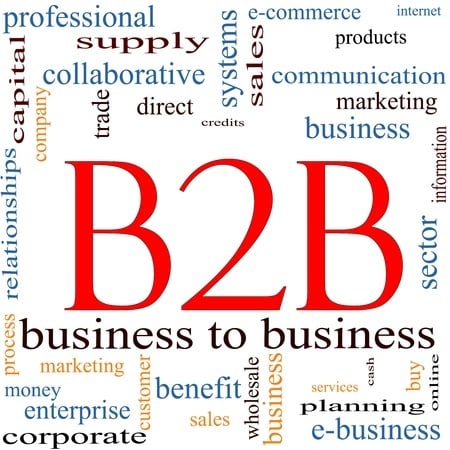At an otherwise great conference last week, I sat through a thoroughly awful lunch presentation. It was facilitated by a conference sponsor and featured one of their customers as a co-presenter. It was awful. Pure sales pitch, transparently, with little additional value to the audience.
Ironically, just three hours later, a different conference sponsor did a very similar session in front of the full conference audience. It was incredible, one of the highlights of the day.
Same format, very different outcomes. I have no problem with sponsors who help underwrite a conference to get their stage time, but the last thing they should do (for their own good, as well as for perception with attendees and prospects) is give a sales pitch. Many companies assume that featuring a customer on stage automatically makes the content more interesting and less self-serving. But a sales pitch is still a sales pitch.
There were four particular differences last week between the lunchtime stinker and the afternoon winner. Here are those differences, good lessons for those who want to similarly leverage conferences, stage time and customer participation to drive real value, preference and interest.
1. Focus on the customer
This may seem obvious, but the two presentations handled this very differently. At lunch, the customer didn’t tell his story as much as he told the vendor’s story. It was clear he had been coached on how to describe the product and what it did for him. Far more interesting would have been simply focusing on his own problem, how he tackled it, and explicitly (with examples and tactics) how he succeeded.
That’s exactly what the afternoon session did. Instead of a back-and-forth with the sponsor, the afternoon session featured a true keynote-like presentation from the customer that was entirely about his challenges, his journey, and how/where he both struggled and succeeded. It was intensely relevant, and wasn’t necessary to hit the audience over the head with what product or solution helped him along the way.
2. Be specific
When it comes to case studies and use cases, we want numbers. Examples. Tactics. Specifics. Share your best practices as well as your worst practices, the things you thought would work but definitely did not. The lunchtime session spoke almost entirely in generalities, motherhood, apple pie and unactionable tenets. In the afternoon? Specific test scenarios, A/B results, and an outline of the plan moving forward. Specific, actionable, highly relevant.
3. Facilitate, do not participate
Just because you paid for the sponsorship and, therefore, speaking slot does not mean you need to speak. We can assume the customer on stage is there because he/she is using your product. And if we believe their story, and the results they describe, we will (correctly) assume that you were the enabler of that success. A good sponsor will facilitate this presentation from their customer, not necessarily co-present it with them.
Do a quick introduction of the customer and their situation, give the stage to your featured speaker customer, then facilitate a quick Q&A at the end. If an audience question is directed at you, or if the customer defers an answer to you, take the opportunity. But otherwise let the customer shine for you.
4. Drive discussion of the problem & outcome, not the solution
The best sales presentations, period, focus on achieving an outcome for the prospect. They focus on the current pain or problem as a starting point and draw a map to that outcome. If the prospect believes the story, does the value translation to the outcome with you, and comes to desire (if not covet) the objective you’ve described and made tangible, then the solution sells itself. The solution, if you will, is part of the close and not part of the pitch.
So it is with great sponsor presentations, especially those that feature a customer. Let your product or service be the subtle if not silent solution behind the real story. There will be plenty of time to give a demo or talk specific features later. But that’s not what helps you sell. Real customers, telling their story to their peers, resonating with their own needs, fears, problems and desired outcomes. That’s what sells. Don’t let anything else get in the way of that.



